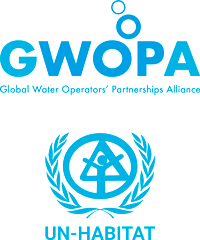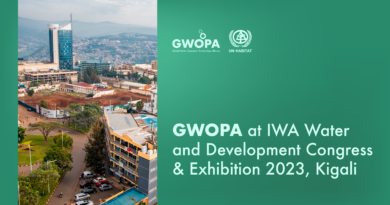Good WOPs Practice Tip of the Day
Did you know that the WOP approach can be linked to investment? Do you know that the MoU between GWOPA and your WOP can be a tool to improve the partnership’s health?
Linking Capacity with Investments
Capacity development is one of what the UN calls SDG 6 “accelerators” – an element that can radically pick up the pace of improvements in sustainable water and sanitation management. Water Operators’ Partnerships (WOPs) are all about developing and anchoring capacity with utility staff who will be there in the long run to ensure public service provision. WOPs help utility staff develop the skills and know-how to address their challenges and provide for healthier people and the planet. Capacity is a potent, though regularly undervalued consideration in water and Sanitation improvement initiatives.
WOPs put capacity development first. The World Bank reports that billions of U.S. dollars per year are required in order to meet the SDG 6 targets, especially targets 6.1 and 6.2. Capacity or lack thereof is a common impediment to accessing funds for water and Sanitation infrastructure investments. By strengthening capacity, WOPs also aim to increase the flow of needed investments towards water and sanitation service providers. Capacity and investments can go much further together than alone. It is therefore strongly recommended to consider how your water operators’ partnerships initiative might combine these two elements to accelerate SDG 6 achievement.
Using your MoU to keep your Partnership Healthy
Do you remember the Memorandum of Understanding (MoU) you developed between all EU- WOP project partners at the beginning of your WOP? You should pull out that document and check whether you are following the guidelines that you as partners set for yourself at the onset to ensure you are checking in regularly, communicating frequently, resolving any issues as they arise, and just being good partners. It’s not a legally binding contract but a tool to help you WOP better.



